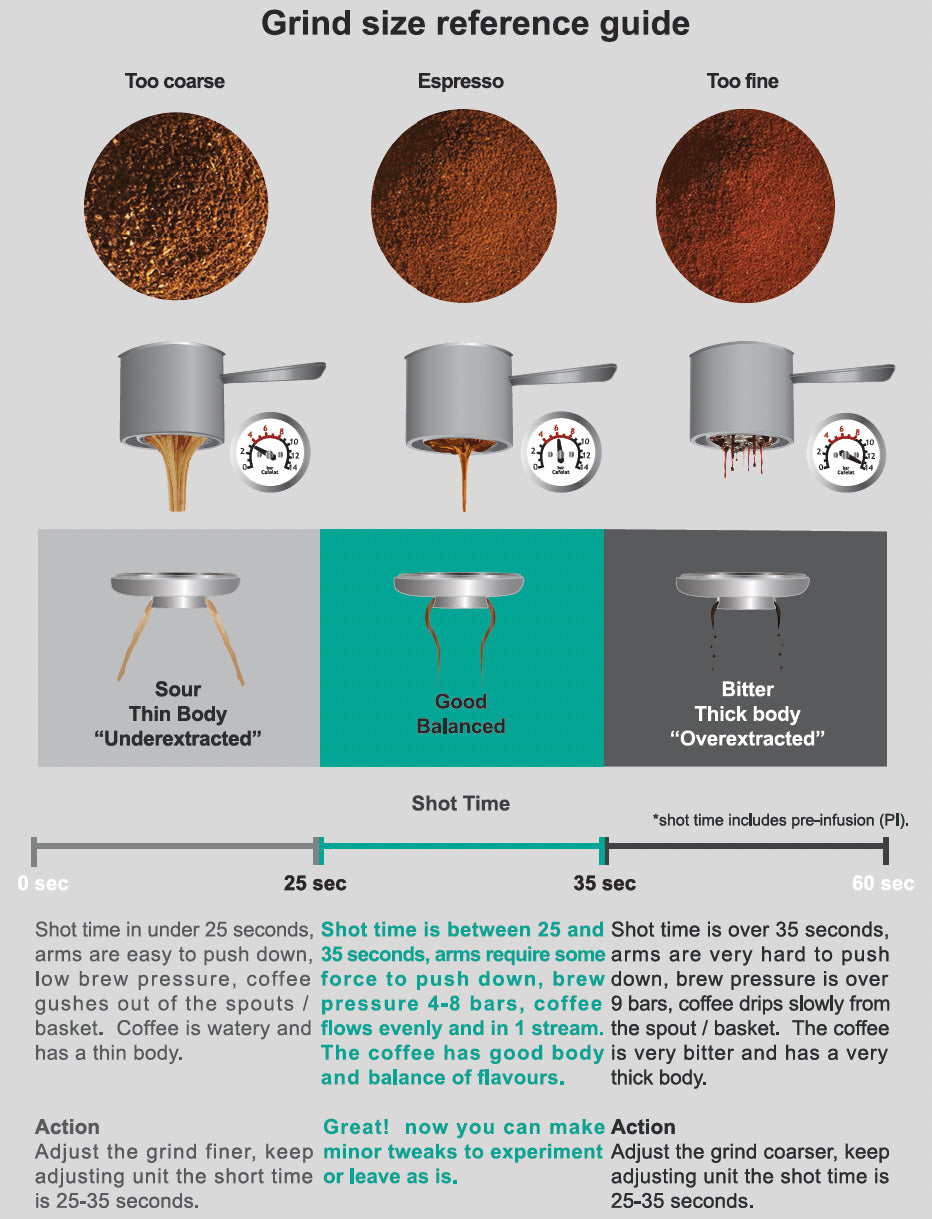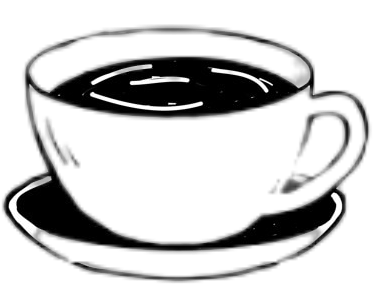When I first delved into the art of espresso making, I was captivated by the precision and elegance of the process. There was something magical about the delicate interplay of time, grind size, and technique. My initial attempts often yielded espresso that was either too sour or overly bitter, but with practice, I came to understand the vital role timing plays in creating a perfect shot. What began as a challenging mystery evolved into a rewarding daily ritual as I honed my craft. Dive into the features and performance in our DeLonghi Magnifica Evo review

The Importance of Timing in Crafting Quality Espresso
Timing is the backbone of a great espresso. It determines how much flavor is extracted from the coffee grounds, impacting the balance of sweetness, acidity, and bitterness in the final cup. A shot that's extracted too quickly may taste sharp and acidic, while one that takes too long risks becoming overly bitter. Striking the right timing ensures a harmonious and flavorful espresso experience. Learn why this classic model stands out in our DeLonghi Magnifica S review
Different Approaches to Timing Your Espresso
There are two main methods to time your espresso shots: starting the timer when you press the extraction button or waiting until the first drop appears. Personally, I prefer starting the timer immediately when I press the button, as this method includes the pre-infusion phase and offers consistent results. Both techniques are valid, so it’s worth experimenting to find what works best for your machine and taste preferences.
Ideal Extraction Time: The Sweet Spot
The general consensus among baristas is that a perfect espresso shot takes between 25 and 35 seconds to extract. In my experience, hitting around the 30-second mark often delivers a well-balanced shot with the right blend of sweetness, acidity, and body. If your shot finishes too quickly (under 25 seconds), it’s likely under-extracted, resulting in a sour taste. On the other hand, extraction times exceeding 35 seconds can lead to bitterness from over-extraction. Discover the convenience and technology in our Philips LatteGo 5400 review
Fine-Tuning Timing with Grind Size Adjustments
Grind size is one of the most significant factors in controlling espresso timing. A finer grind slows the flow of water, extending extraction time, while a coarser grind speeds it up. If your shots are too fast, try using a finer grind. Conversely, if they’re taking too long, adjust to a coarser grind. Through trial and error, I’ve found that tweaking grind size is a quick and effective way to refine espresso timing. Explore the compact design and features in our Philips 3200 LatteGo review
Taste: The Ultimate Judge of Espresso Quality
Although timing and grind size are crucial, the true test of your espresso is its flavor. A perfectly timed shot that doesn’t taste right still requires adjustments. If your espresso tastes weak or sour, the grind might be too coarse, or the brew ratio might need tweaking. Bitter or dry flavors typically point to over-extraction, which can be resolved by coarsening the grind or shortening the extraction time. Consistently tasting and adjusting your shots is key to mastering espresso.
Troubleshooting Common Extraction Problems
- Under-Extraction: If your shot pulls in less than 25 seconds and tastes sour, the grind is likely too coarse. Switch to a finer grind and try again.
- Over-Extraction: If your shot exceeds 35 seconds and has a bitter aftertaste, your grind may be too fine. Opt for a coarser grind.
Enhancing Espresso Extraction with Pre-Infusion
Pre-infusion, where water is gently introduced to the coffee grounds before full pressure is applied, can have a significant impact on extraction timing and flavor. Many espresso machines feature built-in pre-infusion, which helps ensure an even extraction. If your machine doesn’t include this feature, you can manually replicate it by starting and stopping the pump briefly before completing the extraction. Get all the details on versatility and functionality in our Philips 4300 LatteGo review
Experimenting with Brew Ratios for Optimal Flavor
Adjusting your brew ratio—the proportion of coffee grounds to the espresso produced—can also enhance extraction. A common starting point is a 1:2 ratio (e.g., 18 grams of coffee to 36 grams of espresso). Light roasts often benefit from a slightly higher brew ratio, such as 1:2.5, to accentuate fruity and acidic notes. Dark roasts, on the other hand, typically perform better with a standard 1:2 ratio to preserve their richness without introducing bitterness.
Refining Espresso Through Tasting and Feedback
Tasting is the most reliable way to refine your espresso-making skills. While timing, grind size, and ratios provide a technical foundation, the taste of each shot reveals whether adjustments are needed. Even perfectly timed shots may require minor changes to achieve the ideal flavor. By regularly tasting and fine-tuning your espresso, you’ll develop an intuitive understanding of your machine, beans, and personal preferences.

Conclusion
Perfecting espresso extraction is a journey that requires patience, practice, and attention to detail. By focusing on timing, grind size, and tasting the results, you can consistently create espresso that is rich, balanced, and full of flavor. Remember, every machine, bean, and palate is unique. Through experimentation and persistence, you’ll not only master the craft but also find immense satisfaction in the process.
Frequently Asked Questions
What is the ideal extraction time for espresso?
The optimal range is typically 25 to 35 seconds, depending on the beans and desired flavor profile.
When should I start timing my espresso?
You can start timing either when you press the extraction button (including pre-infusion) or when the first drop appears. Both methods work, but the former often provides more consistent results.
How can I fix an under-extracted shot?
If your espresso pulls in under 25 seconds and tastes sour, try using a finer grind to slow the extraction.
What is pre-infusion, and why does it matter?
Pre-infusion involves gently saturating the coffee grounds before full pressure is applied, helping to improve extraction consistency and flavor.
Is timing the only factor to consider in espresso extraction?
No, while timing is crucial, flavor should always guide your adjustments. If the taste isn’t right, consider modifying grind size, brew ratio, or both.
How does grind size affect extraction time?
A finer grind increases extraction time, while a coarser grind reduces it. Adjusting grind size is a powerful way to control both timing and flavor.
